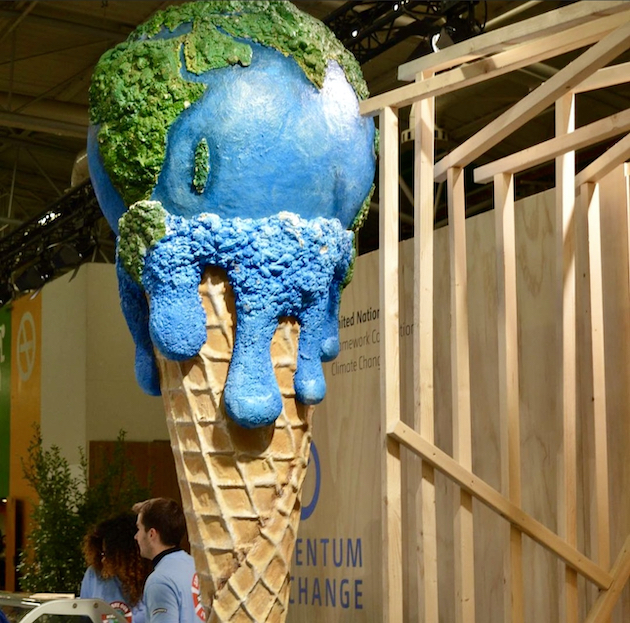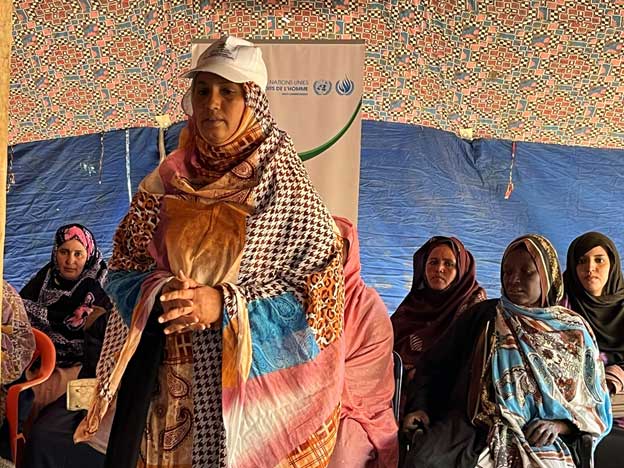Human Action Pushing the World Closer to Environmental Tipping Points, UN University Warns — Global Issues
SAINT LUCIA, Oct 26 (IPS) – A new report by the University lists six areas of grave concern and states that in the absence of behavior and priority change, the world could face catastrophe in areas like groundwater depletion and species extinction.Melting mountain glaciers. Unbearable heat. An uninsurable future. Space debris. Groundwater depletion. Accelerating extinctions. The United Nations University Institute for Environment and Human Security said this week that these six environmental “tipping points” can have “irreversible, catastrophic impacts for people and the planet.”
The University released its 2023 Interconnected Disaster Risks Report on October 25. It states that climate change and human behavior are among the drivers of these tipping points.
“Human actions are behind this rapid and fundamental change to the planet. We are introducing new risks and amplifying existing ones by indiscriminately extracting our water resources, damaging nature and biodiversity, polluting both Earth and space and destroying our tools and options to deal with disaster risk,” it stated.
In terms of accelerated extinction, it states that the current species extinction rate dire – at as much as hundreds of times higher than usual due to human action.
It says the life-saving resource groundwater, which is stored in reserves known as “aquifers,” is a source of water for over 2 billion people and is used overwhelmingly (around 70%) in the agriculture sector. It adds, however, that 21 of the world’s 37 major aquifers are being used “faster than they can be replenished.”
In terms of space debris, while satellites make life easier for humanity, including providing vital information for early warning systems, only about one-quarter of the objects identified in orbit are working satellites. This means that satellites critical for weather monitoring and information are at risk of colliding with discarded metal, broken satellites, and other debris.
According to the report, climate change and increasing extreme weather events have resulted in skyrocketing insurance prices in some parts of the world. The report warns that rising coverage costs could mean an uninsurable future for many.
Another tipping point, unbearable heat, is a cause for major concern. The report states that, “currently, around 30 percent of the global population is exposed to deadly climate conditions for at least 20 days per year, and this number could rise to over 70 percent by 2100.”
And a warming earth is resulting in glaciers melting at twice the speed of the last two decades.
Report authors say the six risk areas of concern are interconnected, which means that going beyond the brink of any tipping point would heighten the risk and severity of others.
“If we look at the case of space debris, it has to do with the practice of putting satellites into our orbit without regard for handling the debris that comes as a result. At present we are tracking around 34,000 objects in our orbit and only a quarter of these are active satellites. We’re planning thousands more launches in the coming years. We may reach a point where it gets so crowded in our orbit that one collision can create enough debris to set off a chain reaction of collisions that could destroy our space infrastructure entirely,” said Dr. Jack O’Connor, Senior Scientist at UNU-EHS and Lead Author of the Interconnected Disaster Risks report.
“We use satellites every day to monitor our world. For example, we observe weather patterns that can give us data to generate early warnings. We sometimes take these warnings for granted, but can you imagine if we pass this space debris tipping point and we are no longer able to observe weather patterns? Now a storm is coming to a populated area, and we can’t see it coming,” he said.
While the report is sobering, its authors are quick to point out that there is hope. Lead Author Dr Zita Sebesvari suggests using the tipping points’ interconnectivity as an advantage for finding solutions.
“These tipping points share certain root causes and drivers. Climate change is cutting across at least four out of the six points. Therefore, decisive climate action and cutting our emissions can help to slow down or even prevent; accelerating extinction, unbearable heat, uninsurable future, and mounting glacier melting,” she said.
The report was published just one month before the United Nations Climate Conference (COP28). Dr O’Connor says the report can be instructive for policymakers.
“I think the report is connected to the COP process. Reducing our emissions is key, and we will need to integrate this with other contributing factors such as global biodiversity loss.”
The authors say passing these tipping points is not inevitable. They say the points are meant to spur action, to adequately plan for future risks, and to tackle the root causes of these serious issues.
IPS UN Bureau Report
Follow @IPSNewsUNBureau
Follow IPS News UN Bureau on Instagram
© Inter Press Service (2023) — All Rights ReservedOriginal source: Inter Press Service
Check out our Latest News and Follow us at Facebook
Original Source







